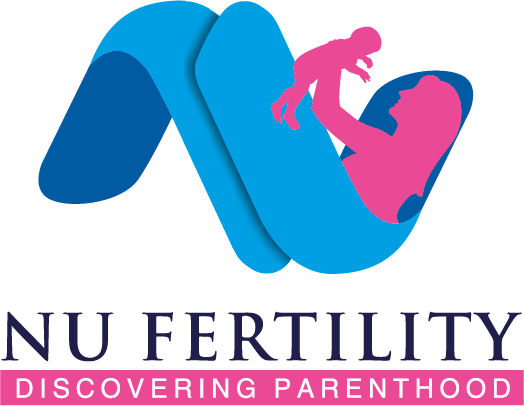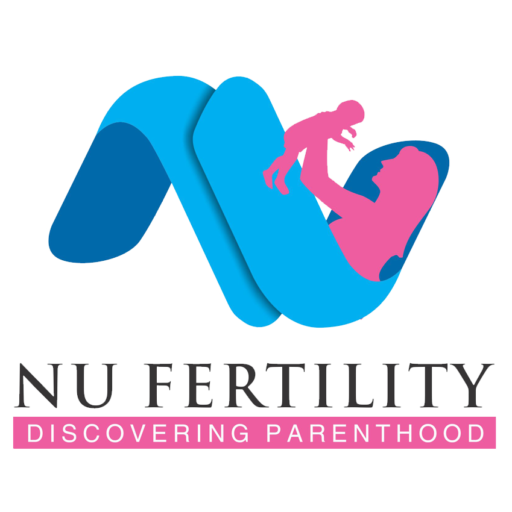World Breastfeeding Week begins August 1st and ends of August 7th 2020, and is a week dedicated solely to imparting knowledge, facts and statistics about breastfeeding amongst expecting women all around the world.
Here, we have compiled for you, some basic information about breastfeeding, which is vital for every mother-to-be and new mom to know.
Breastfeeding: Let’s start with the basics
- You’ll need to feed your newborn baby a lot: 8-12 times in a 24-hour period.
- The easiest way to tell if your baby is getting enough milk is to pay attention to the colour, texture and frequency of poops.
- After delivery, the lactation hormone, prolactin is released that tells your breasts to make milk.
- When your baby suckles, another hormone, oxytocin, makes the small muscles in your breast to contract which moves the milk through the milk ducts (let-down reflex) so you can breastfeed your baby.
Types of Breastmilk:
There are 3 types of breastmilk, your breast milk changes by the week and each formulation is designed to meet your newborn’s precise needs:
- At first, you’re producing a yellowy substance called colostrum – rich in nutrients and antibodies.
- Transitional milk.Three to five days after birth, colostrum is replaced with transitional milk.
- Mature milk.Usually between the tenth day and second week, mature milk finally comes in.
Breastfeeding: How do you do it?
Get a latch on – Your baby needs to firstly find and latch on to your nipple.
Get comfortable. Choose a chair or a glider with back, neck and shoulder support.
- Line it up – Your baby should always be tummy to tummy with you.
- Guide baby into place – Place your nipple around your baby’s lips. Baby’s chin and the tip of her nose should be on the breast.
- Suckling and sucking are different – A suck-swallow-breathe pattern ensures that your baby is latched on and extracting milk from your breast.
- Get help – A nipple shield can be an effective tool to give him something larger to aim for at first.
- Break the seal. If you don’t get a good latch, try again. Put your finger into the corner of baby’s mouth and pull your breast out. Start the cycle until you get a seal with both the nipple and the areola covered.
Breastfeeding: A well-fed mama means a well-fed baby.
You, and now you newborn, are what you eat, and following a healthy postpartum diet is key to breastfeeding success.
- Drink up.Your body is working hard to make baby’s milk or breastfeeding milk, that’s why it may seem like you’re thirsty all the time. Drink at least eight glasses of water a day to stave off dehydration and keep your milk flowing.
- Eat a balanced diet.You’ll need three servings of protein, five servings of calcium, three servings of whole grains and five to six servings of fruits and vegetables daily (more vegetables than fruit).
- Incorporate healthy fats.Load up on brain-building healthy fats, especially omega-3 fatty acids found in low-mercury fish like salmon and sardines and DHA-enriched eggs.
- Don’t skip your prenatal vitamin.Keep taking it until you’re completely done breastfeeding. You can also keep taking your DHA supplement from pregnancy.
Breastfeeding: Finding the right position
- Laid-back breastfeeding.Lie back with your head, shoulders and neck supported. Place baby’s whole front on your whole front and let gravity do the work. Place baby’s cheek on your bare breast.
- Cradle hold.Breastfeed baby while you’re cradling her in your lap with baby’s head resting in your elbow bend. Use pillows to elevate baby’s head to nipple level and cup your breast with the opposite hand.
- Crossover hold.Hold baby’s head with the opposite hand from the breast that’s currently nursing. Your wrist should be behind baby’s shoulder blades, your thumb behind one ear, your fingers behind the other ear. Use your other hand to cup your breast.
- Football hold.This position works really well if you’ve had a C-section. Use the hand on the side of the breast that’s nursing to lift baby’s head to nipple level, with her head facing toward you. Again, you can use pillows to help elevate baby.
- Side-lying position.This is a helpful position in the middle of the night. Mom and baby face each other, both lying on their sides. Use pillows to make sure that baby is raised to nipple level. Use the hand that you’re not lying on to cup your breast.
You can also pump your breastmilk (breast pumping) in advance and keep it aside to feed your baby later. This is done using a device called a breast pump.
Breastfeeding: Should not be painful
Look out for the following problems while breastfeeding –
- Mastitis – When germs from the baby’s mouth enter a milk duct through cracks in the nipple causing infection of the breast.
- Blocked milk ducts – A painful spot on your breast that’s red and irritated. Keep breastfeeding so that your flow will eventually break through the blockage.
- Sore or cracked nipples – Lanolin cream applied after each nursing session can help. But more importantly, adjust your breastfeeding position and make sure baby has a good latch.
What are the benefits of breastfeeding?
The benefits of breastfeeding are multifold making it the preferred option over breast pumping.
Breast milk provides ideal nutrition for infants, with an almost perfect mix of vitamins, protein, and fat – everything your baby needs to grow. It’s also more easily digested than infant formula.
Breast milk contains antibodies that help your baby fight off viruses and bacteria. Breastfeeding also lowers your baby’s risk of developing asthma or allergies. Babies who are only breastfed for the first 6 months, without any formula, have fewer ear infections, respiratory illnesses, and bouts of diarrhea and hence have fewer trips to the doctor.
Some studies have shown that breastfed children have higher IQ scores in later childhood. What’s more, the physical closeness, skin-to-skin touching, and eye contact all help your baby bond with you and feel secure. Breastfed infants are also more likely to gain the right amount of weight as they grow, rather than becoming overweight.
Breastfeeding benefits the new mommy too!
Breastfeeding helps burn off those extra calories or baby weight. It stimulates the release of the hormone oxytocin, which helps your uterus return to its pre-pregnancy size and may also help in reducing uterine bleeding after birth.
Breastfeeding also lowers your risk of breast and ovarian cancer. It may lower your risk of osteoporosis, too. It also gives you regular time to relax and bond with your newborn.



